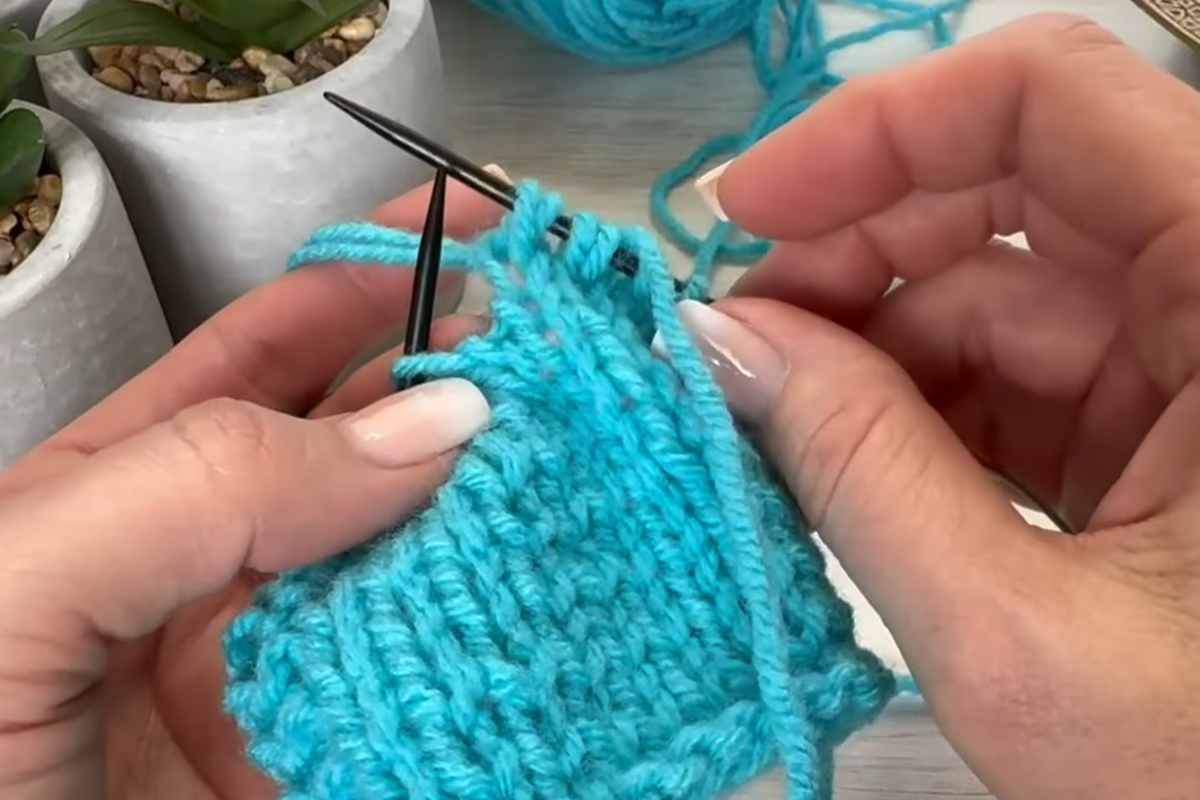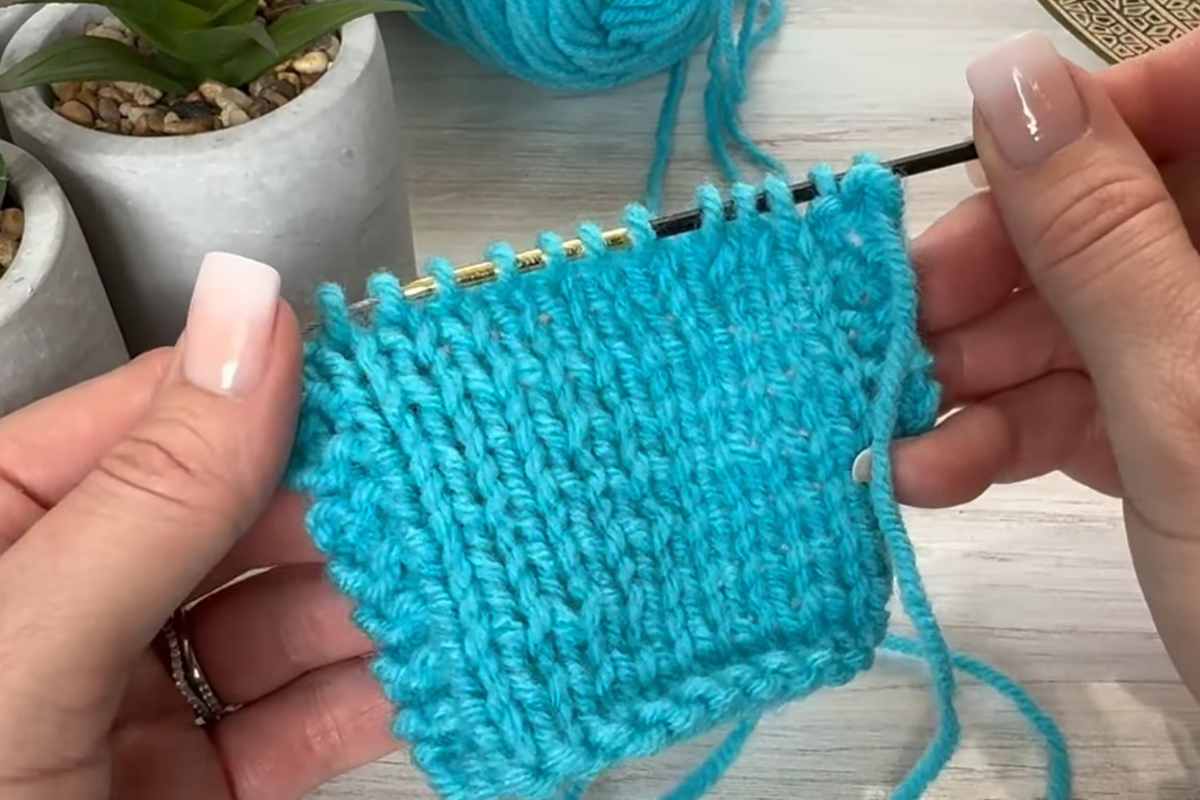How to Change Yarn Mid-Row for a Smooth, Durable Finish

Joining new yarn mid-row can be a tricky part of knitting for many, especially when aiming for a clean, secure finish without bulky knots or loose ends.
This method provides a simple and reliable way to introduce a new yarn strand while keeping the fabric smooth and stable. It’s perfect for anyone who wants a neat result that won’t slip or unravel over time.
Why Joining Yarn Mid-Row Matters
In many knitting projects, changing yarn color or adding a new ball of yarn mid-row is necessary. Whether working with multiple colors, replacing a depleted skein, or adding a contrasting hue, the quality of the join affects the entire project’s appearance and durability.
From Needles to Stitch Markers – Find the Best Knitting Accessories for Every Project!
Common Challenges
Traditional ways of joining yarn often involve tying knots or weaving in ends later, which can lead to:
Bulky spots that disrupt the fabric’s smooth texture.
Loose joins that risk unraveling during wear or washing.
Visible seams that stand out in otherwise seamless knitting.
This method avoids those pitfalls by focusing on a join that’s secure yet discreet, blending naturally with the stitches.
Features of This Joining Technique
The technique uses a clever way to secure the new yarn strand mid-row without knots or additional finishing work. It relies on the tension and structure of the stitches themselves to hold the yarn firmly in place.
Key Benefits
No knots required: Keeps the knitting fabric smooth and consistent.
Prevents slipping: The yarn stays secure even with frequent movement or stretching.
Seamless appearance: The join blends in so well that it’s nearly invisible.
Time-saving: Reduces or eliminates the need for weaving in ends later.
This makes the technique ideal for any knitter looking for a quick, reliable way to join yarn during active knitting.
When to Use This Method
This joining style is especially useful in projects where yarn color changes happen frequently, such as in colorwork, stripes, or patterned knits. It also works well when switching yarn brands or dye lots, ensuring a strong join that won’t compromise the overall look.
Perfect for Various Yarn Types
Whether knitting with smooth cotton, soft wool, or even chunky acrylic, this method adapts well. It holds the yarn securely without adding bulk, no matter the fiber’s texture or weight.
Tips for Achieving a Neat Join
While the video tutorial shows the exact process visually, a few general guidelines help ensure the best outcome.
Keep Consistent Tension
Maintaining even tension during the join is crucial. Too tight, and the fabric puckers; too loose, and gaps may form around the join. Practicing a relaxed but controlled stitch flow helps the join integrate seamlessly.
Position the Join Carefully
Placing the join in a less conspicuous area, such as near the edge or between pattern repeats, can help minimize visibility. The method itself is subtle enough to hide well within stitch patterns, making it versatile for many designs.
Advantages Over Traditional Methods
Many knitters struggle with knotting or cutting yarn ends to join new strands. This method eliminates those common frustrations by:
Creating a join that is both secure and clean.
Reducing the need to later weave in ends, which can be tedious and time-consuming.
Improving the overall durability and appearance of the finished piece.
Why This Method is Worth Learning
Mastering this joining technique elevates any knitting project, saving time and frustration while enhancing the final look. It’s particularly helpful for beginners who might find mid-row joins intimidating or for experienced knitters seeking a polished finish.
With this method, knitters can confidently change yarns mid-row, knowing the join will hold firm without compromising style or fabric integrity.
Images and patterns courtesy of Knit and Crochet Ever After
Enjoy The Video Tutorial

Source: Knit and Crochet Ever After
Did you find this post useful or inspiring? Save THIS PIN to your Knitting Board on Pinterest! 😊

Last update on 2025-12-21 / Affiliate links / Images from Amazon Product Advertising API




You may also like